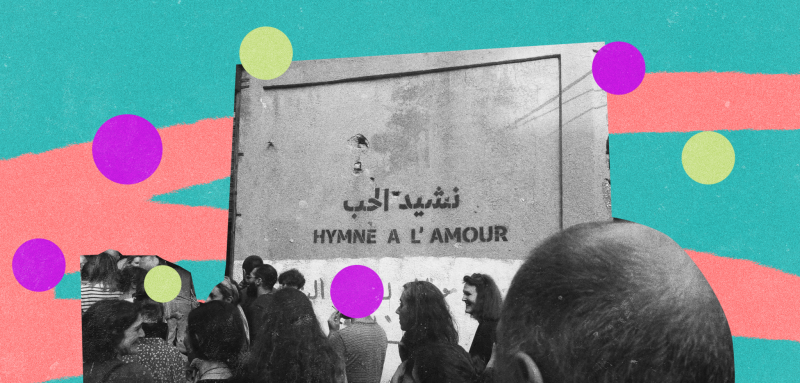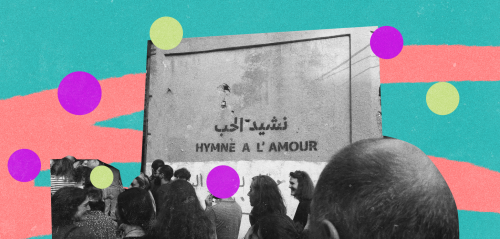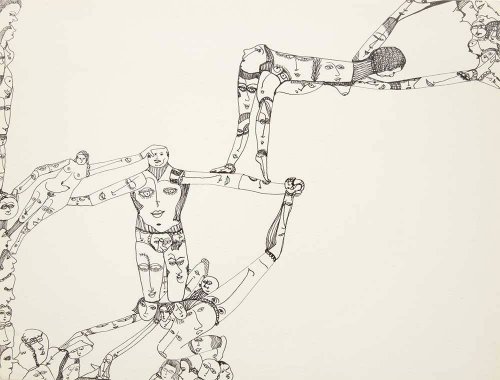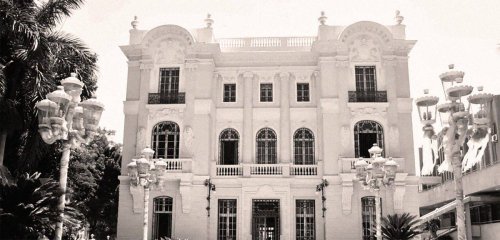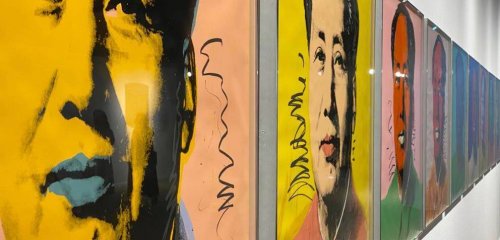From the steps of the National Museum of Beirut, Alfred Tarazi invited the public to inaugurate the installation "Hymne à L'Amour" (or "The Hymn of Love"), on the afternoon of Sunday, October 23. Split into two parts, the art exhibition, which begins on the museum's steps and continues into a nearby dilapidated warehouse, was implemented through the "Art & Territory" programme by the regional branches of the Institut Français Du Liban and the French Embassy, in partnership with the Lebanese General Directorate of Antiquities (DGA) and the Umam Documentation and Research organization.
Alfred is an innovator who has been actively striving to make collective memory, since 1919, meet contemporary art (Memory of a Paper City; The Lovers - A Nation's Inflation). For the occasion, in front of the main gate of the public site, the organizers raised a giant wooden scale replica of the adjacent palatial residence, "Residence des Pins". From within, artists Charbel Haber, Sary Moussa, Fadi Tabbal, and Serge Yard performed an exceptional concert that acted as a kind of vocal journey for the attendees, guiding visitors through music-filled streets to the exhibit.
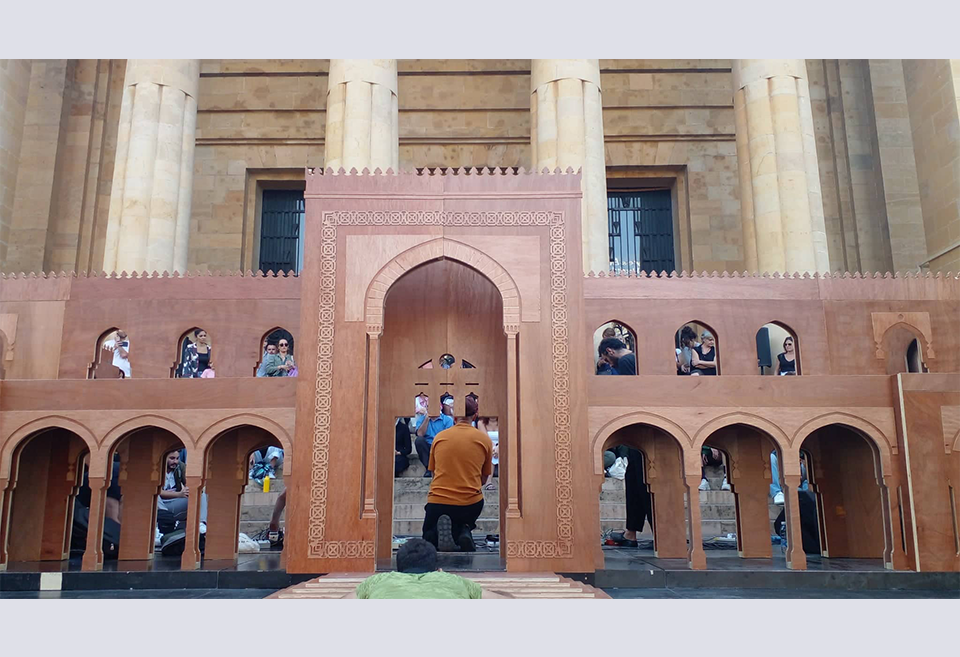
The attendees were soon directed from the public space to another family space that remained a mystery to them until the moment its iron curtain was lifted, that is, the door of the (warehouse) hangar that was recently loaned to the artist by his friend before it was set to be demolished, thus making it an exhibition solely for the people. The aim is to reveal the amazing and ancient heritage of the Tarazi family and their oriental craftsmanship reflected in the fineness of beautifully engraved wooden furnishings and hand-crafted copper bowls, which had once been reverently used even in the palaces of Egypt and Morocco.
In "The Hymn of Love," artist Alfred Tarazi brought out part of his family's history — which is also related to the heritage of craftsmanship arts in Lebanon and the Levant — onto the steps of the National Museum in Beirut
A chat with the creator
Hold on a moment, let's backtrack; in a chat with the creator of the project, he told Raseef22 that, according to his relatives who have studied the family tree, their origins go back to the Armenians of Syria, where they were known as the "Terzparcian", a word that means "bash tarraz" or their elder. The grandfather was the founder of the Alcazar Hotel, adjacent to the famous St. George. This family lived in great lustre and radiance, until the outbreak of civil war and the "Battle of the Hotels" (1975) marked the turning point of the "family business". With it, the hotel lobby and rooms of the tourist resort were turned into a relentless workshop of about 30 craftsmen, who — with the father — created elegant chandeliers and elaborate ceilings for Saudi Arabia.
The aim is to reveal the amazing and ancient heritage of the Tarazi family and their oriental craftsmanship reflected in beautifully engraved wooden furnishings and hand-crafted bowls, which were once reverently used in the palaces of Egypt and Morocco
This situation lasted until 2008, during which the exhausted father somewhat resigned and put everything he had collected from knowledge and passion in the hands of the son. As for the young man who had visited the museums of the world, he says the act of archiving is not limited to preserving everything that is paper, but also to his antique possessions. They play an important role in recording the history of craftsmanship with its tools and techniques, and in recording the evolution of lifestyles that prevailed in the past. He notes that we have a very beautiful national museum, and various modern museums such as Sursock Museum, but between them, there is a complete absence of nearly 2,000 years of what has been created in archaeology, anthropology, and art deco.
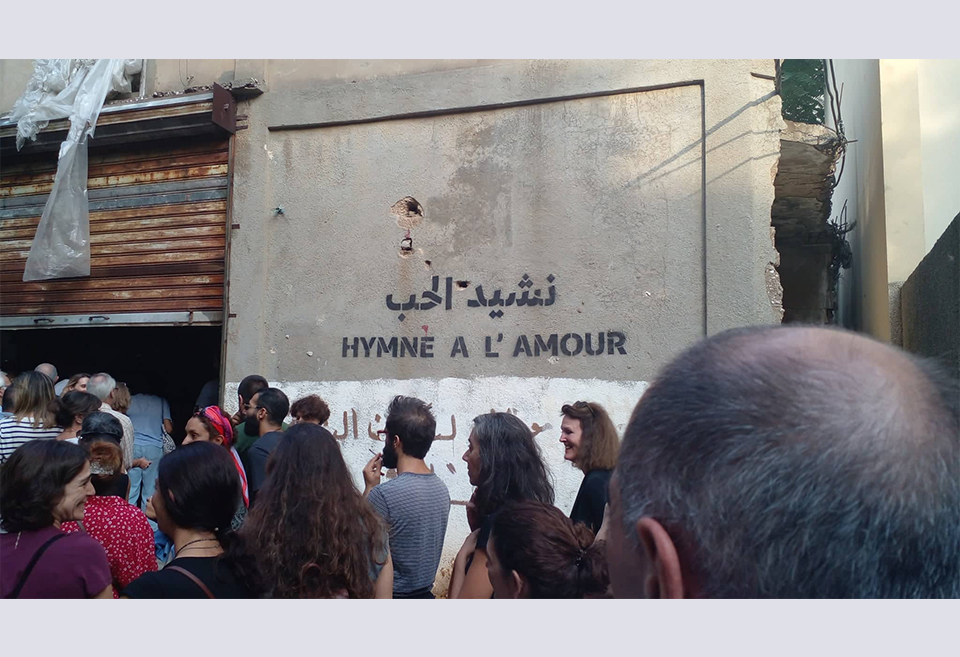
In our devastated region, he seemed this time hopeful that he will be able to turn sniper fire into a light that resembles the people who love this country and aspire for all that is good for it
Tarazi — who seems to be hopeful that one day we'll document our orientalism ourselves — has a very valuable piece that he centered at the starting point of the pathway inside the warehouse hangar that ends with the pillars of long-lost beds. A map of pioneers hangs there, indicating it is a model of the "little gate of Greater Lebanon". It is also known as the initial carving of the door of the legendary "Residence des Pins", as its ancestors oversaw its furnishing in order to have it become a "gambling circle" and attached it to the horse race track, before it became the residence of the commissioner during the days of the Mandate, and the residence of the ambassadors today.
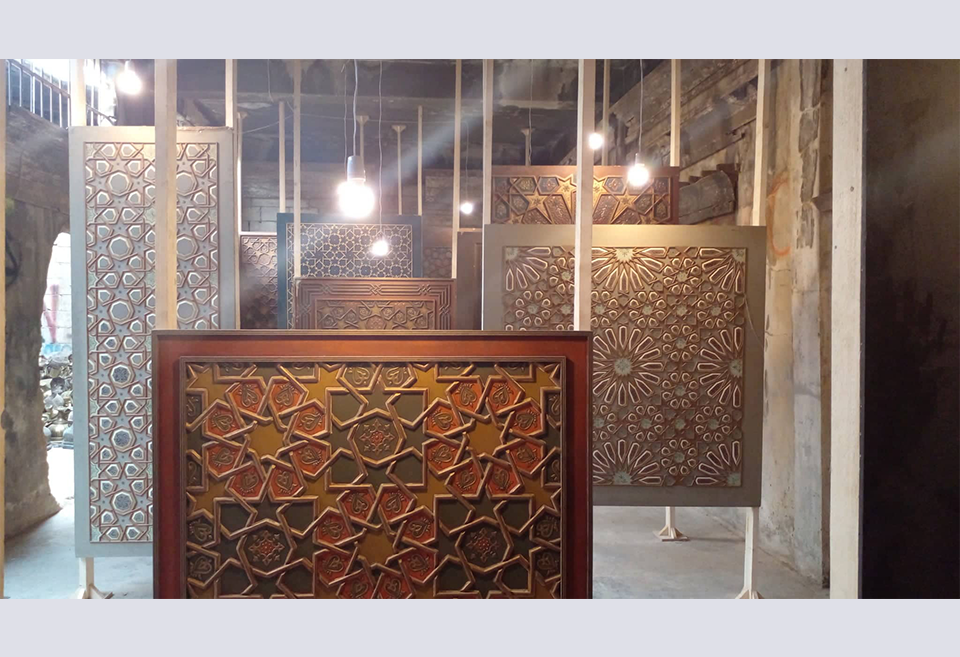
Tarazi also sealed the holes left behind by hundreds of bullets in the iron roof of the hangar — a Baghdadi ceiling panel — with pieces of the same stained glass that can be found adorning our homes. In our devastated region, he seemed this time hopeful that he will be able to turn sniper fire into a light that resembles the people who love this country and aspire for all that is good for it.
"We entered the memory of the homeland, a city that stood before our eyes through open, bright doors.. We came out lightheaded, enchanted and bewitched, having forgotten the noise of the outside.. And thus we returned carrying the hymn of love within us"
In the midst of the crowds, Raseef22 recognized the face of Lebanese storyteller Nassim Alwan, so we asked her how she felt and what she thought of the experience. She replied, "That wooden sculpture with many arches is just wonderful! At first, people's faces were filled with questions, then there was a noise that morphed into music and was sometimes punctuated by singing... Or maybe prayers." She added, "I, too, wondered to myself: Why all this noise when we need some silence, since we have been drained by the noise of the country?" She then goes on to say. "The music was our compass. We just walked (behind it) in a tight group without any explanation needed, until we reached a strange entrance."
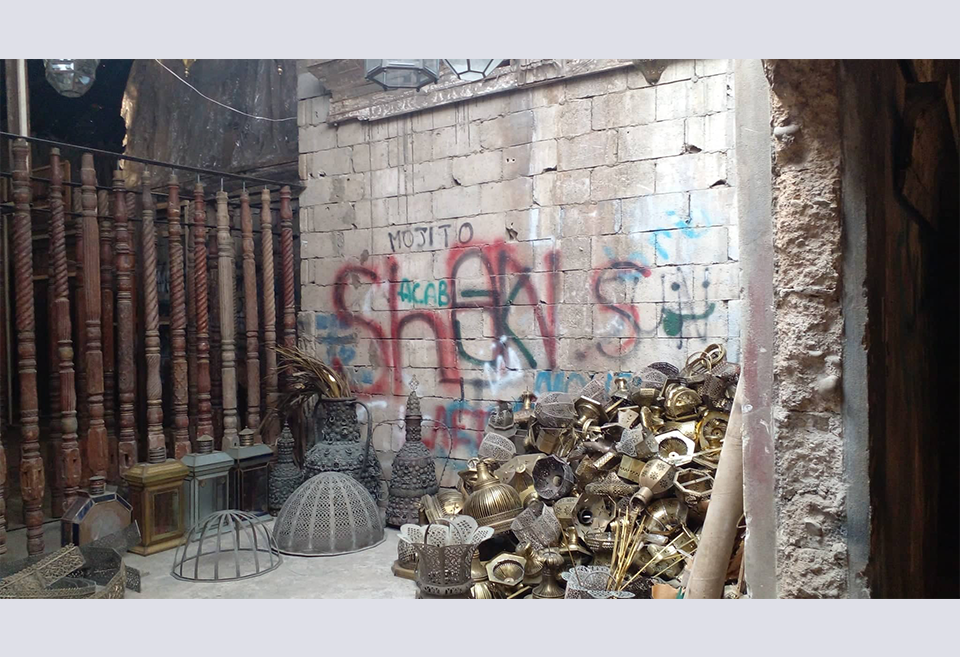
Memory of the homeland
Nassim continued to recount their experience, "The surprise was at the first step inside; I felt a sense of chaos and disorder that combined the here and there, the today and yesterday, the darkness and light. We entered the memory of the homeland, a city that stood before our eyes through the open, bright doors. We saw hanging glass lanterns, and colored glass jugs, studded and adorned with the love of their creator. We saw water and light. We inhaled the fragrance of a place that brings together places that have crept into our souls." She concludes with, "We came out light-headed, enchanted, and bewitched, having forgotten the noise of the outside. A gray-haired man smiled at us from behind a thick mustache. It seemed as if he was still stuck in those memories. I inquired about his identity, and I found out that he was Alfred's father. And thus we returned carrying (the hymn of love) within us."
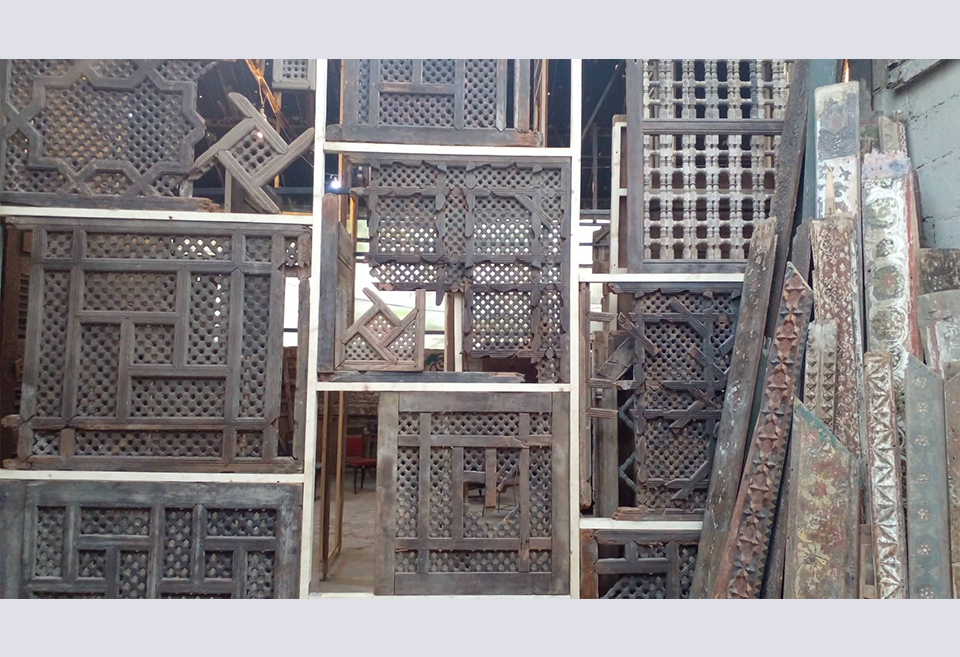
Another moment and we'll return to the present. According to Tarazi, "The funerary tones and melodies with which the progression began, tells of the legend of King Midas, who turns everything he touches into gold, to approach a city whose architecture has mostly turned to concrete. That short pathway will soon be marked by a graffiti series that tells the story and marks the pathway."
"The funerary tones and melodies with which the progression began, tells of the legend of King Midas, who turns everything he touches into gold, to approach a city whose architecture has mostly turned to concrete"
Then, 100 years after the founding of Greater Lebanon, with the end of President Michel Aoun's term of office and the unprecedented collapses the country has witnessed at all levels and its independence day, I felt as if I was walking in the funeral procession of the republic, like many of my generation who have had to live through the war time and again, even though they never started it.
Raseef22 is a not for profit entity. Our focus is on quality journalism. Every contribution to the NasRaseef membership goes directly towards journalism production. We stand independent, not accepting corporate sponsorships, sponsored content or political funding.
Support our mission to keep Raseef22 available to all readers by clicking here!
Interested in writing with us? Check our pitch process here!
